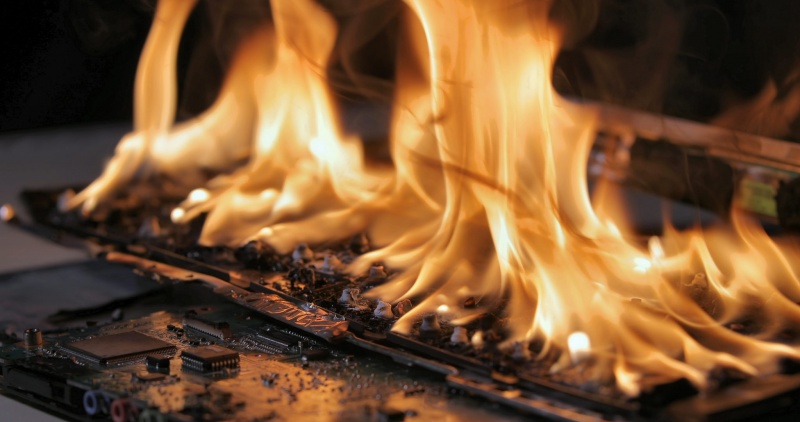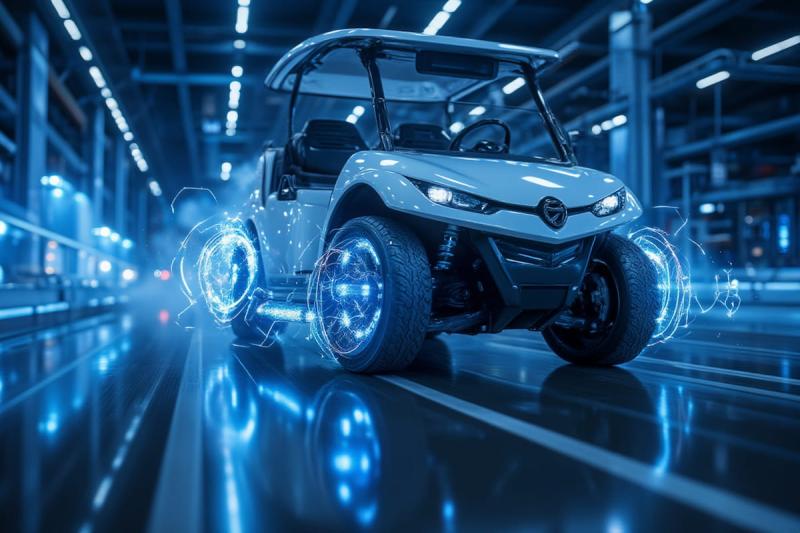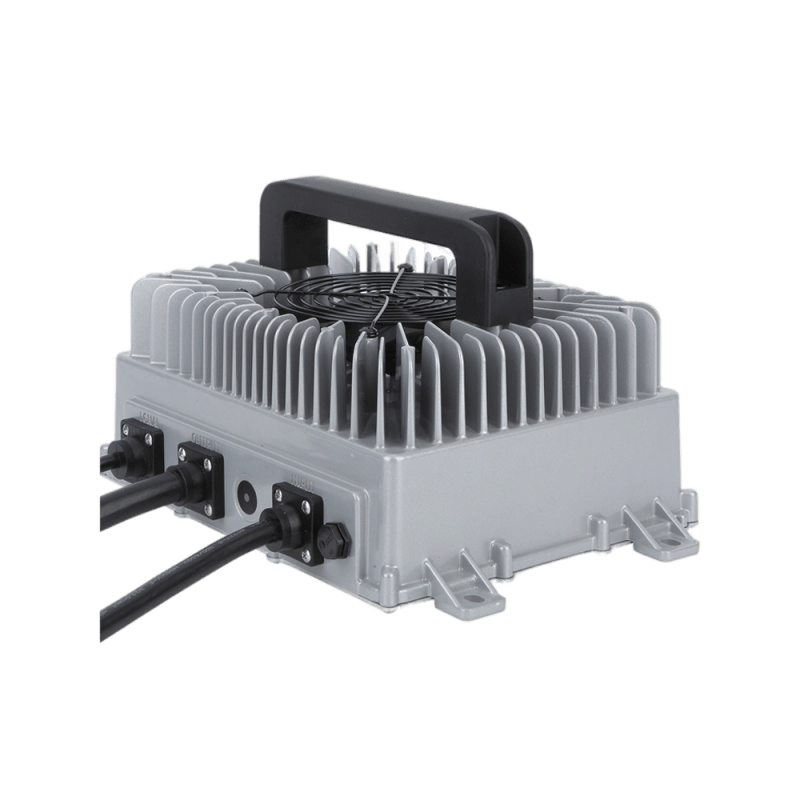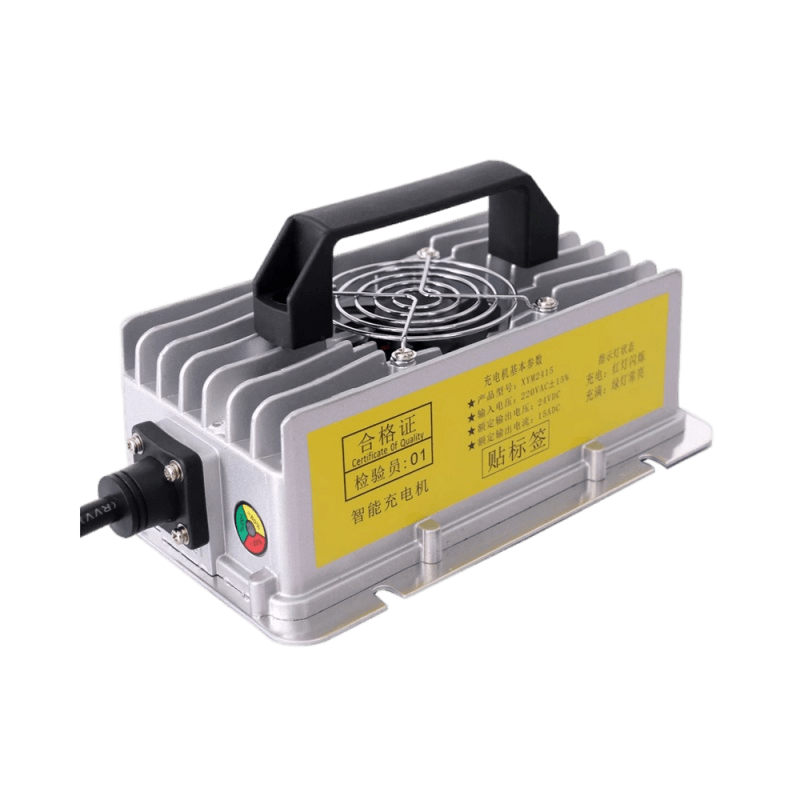Principle of lithium ion battery protection circuit
Lithium ion battery (rechargeable) is protected by its own characteristics. Because the material of the lithium-ion battery itself determines that it can not be overcharged, overdischarged, overcurrent, short circuit and ultra-high temperature charge and discharge, so the lithium ion battery components always follow a delicate BMS and a piece of current safety device. The protection function of lithium ion battery is usually coordinated by the protection circuit board and current devices such as PTC. The BMS is composed of electronic circuit, which accurately monitors the voltage of the cell and the current of the charging and discharging loop at -40℃ to +85℃, and timely controls the on-off of the current loop. PTC protects batteries from severe damage at high temperatures.
Common lithium ion battery BMS usually includes control IC, MOS switch, resistor, capacitor and auxiliary device FUSE, PTC, NTC, ID, memory, etc. Among them, the control IC controls the MOS switch conduction under all normal circumstances, so that the cell and the external circuit conduction, and when the cell voltage or circuit current exceeds the specified value, it immediately controls the MOS switch off, to protect the safety of the cell.

- Lithium ion battery charging
The maximum charging termination voltage of a single lithium ion battery is 4.2V, which can not be overcharged, otherwise the battery will be scrapped due to the loss of too much lithium ion in the positive electrode. When charging lithium-ion batteries, special constant-current and constant-voltage chargers should be used. Constant-current charging should be carried out until the voltage at both ends of the lithium-ion battery is 4.2V, and then it is switched to constant-voltage charging mode. When the constant voltage charging current drops to 100mA, the charging should be stopped.
Charging current (mA) can be 0.1 ~ 1.5 times the battery capacity, for example: 1350mAh lithium ion battery, its charging current can be controlled between 135mA ~ 2025mA. Conventional charging current can be selected at about 0.5 times the battery capacity, charging time is about 2 ~ 3 hours.
- Discharge of lithium ion batteries
Due to the internal structure of the lithium-ion battery, the lithium ions cannot all move to the positive electrode during discharge, and part of the lithium ions must be reserved in the negative electrode to ensure that the lithium ions can be smoothly embedded into the channel when charging next time. Otherwise, battery life will be shortened. In order to ensure that some lithium ions remain after discharge in the graphite layer, it is necessary to strictly limit the minimum discharge termination voltage, that is to say, the lithium ion battery can not overdischarge.
The discharge termination voltage of a single lithium-ion battery is usually 3.0V and the minimum is not less than 2.5V. The battery discharge time is related to the battery capacity and discharge current. Battery discharge time (hour) = battery capacity/discharge current. The discharge current of a lithium ion battery should not exceed three times the battery capacity. For example, for a 1000mAh lithium ion battery, the discharge current should be controlled within 3a.








